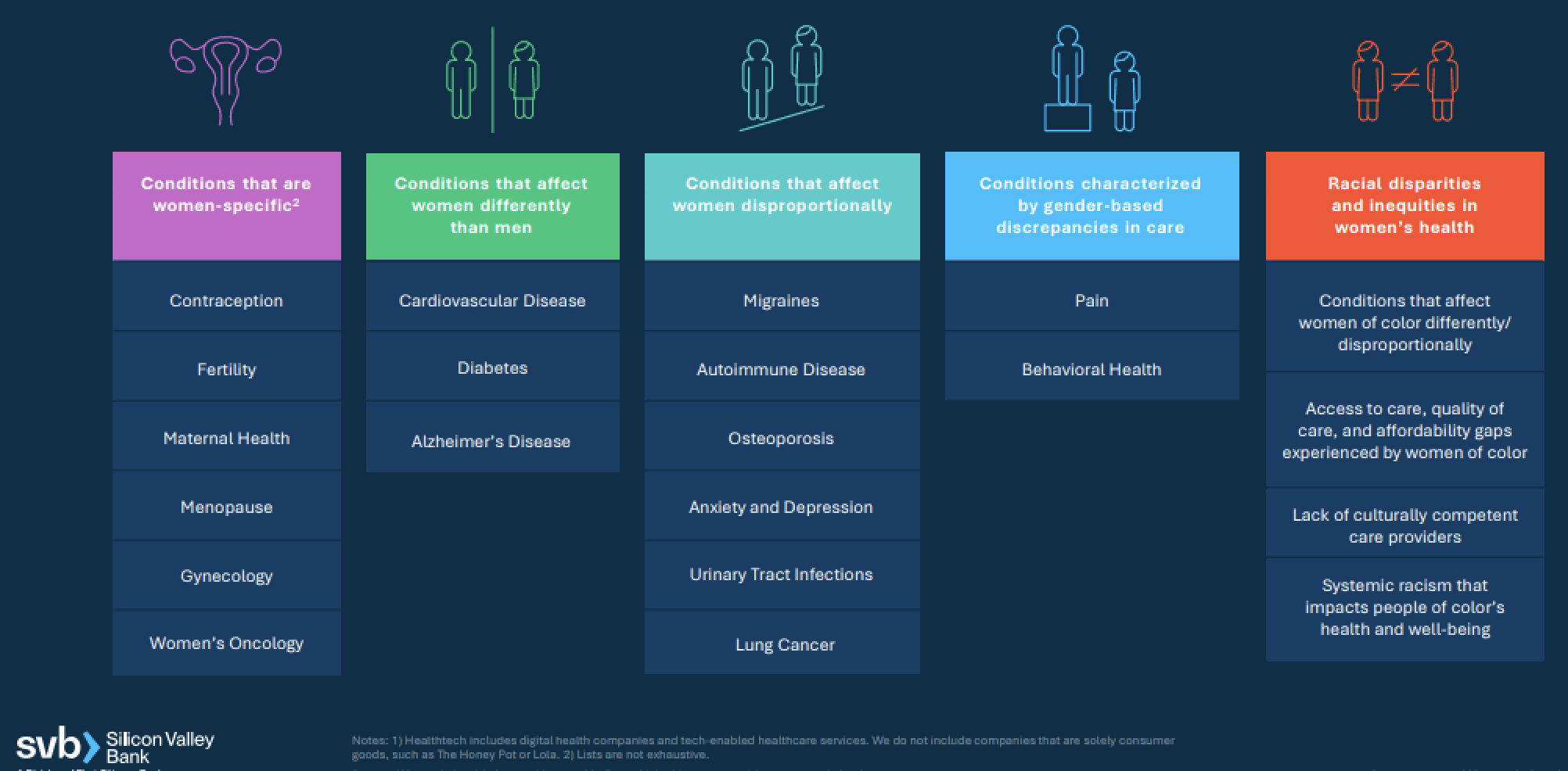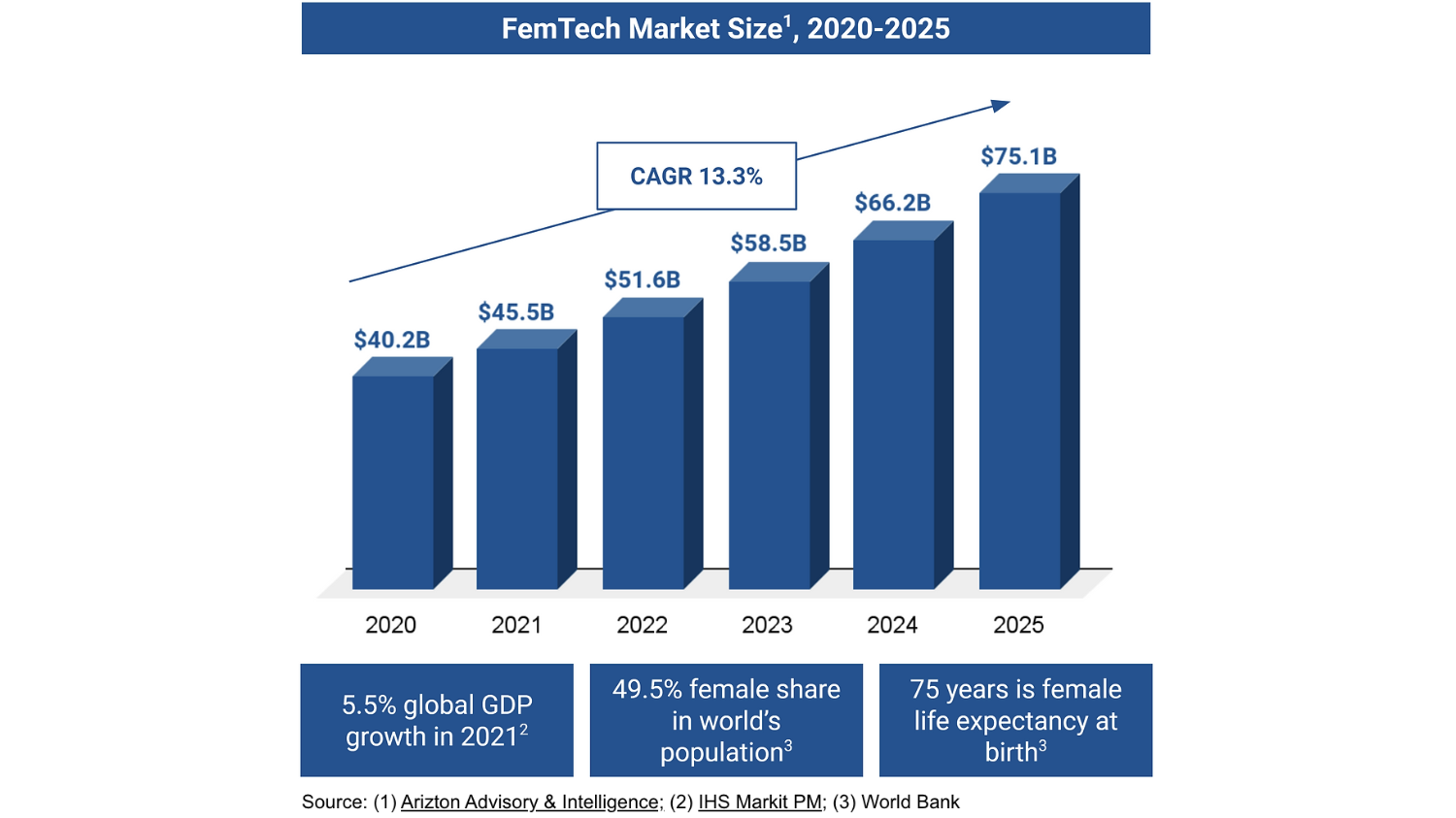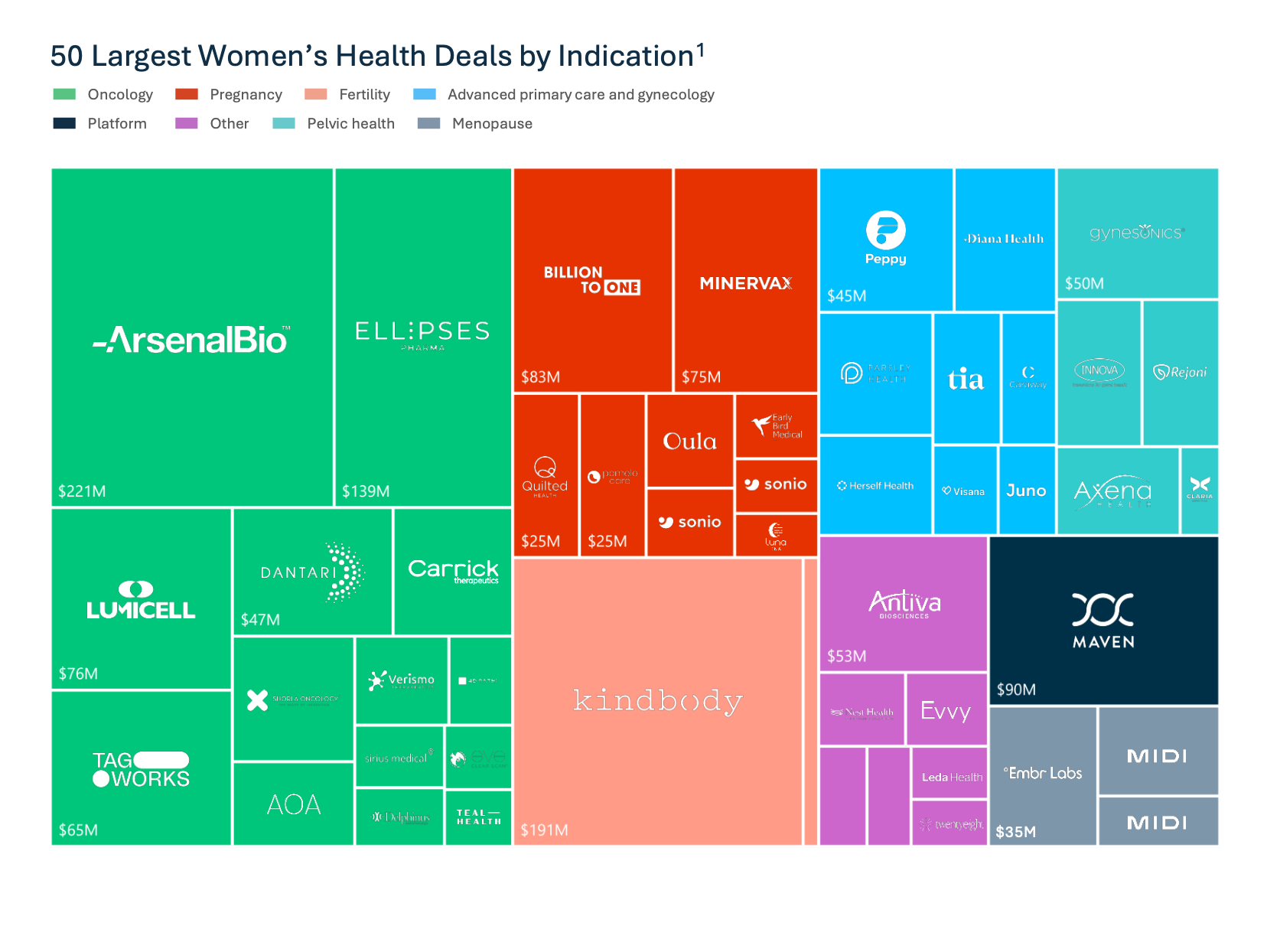Catalan companies shedding light on women’s health
La Marató de 3Cat this year is focusing on sexual and reproductive health, with special emphasis on women, who are most affected by sex-specific biological factors. So, Biocat has decided to join the cause by highlighting companies in the BioRegion of Catalonia helping improve women’s health and wellness.

Professionals who specialize in sexual and reproductive health (SRH) note that people aren’t very aware of diseases related to sexuality and reproduction, even though these conditions affect the population more than any other, in all ways and throughout life. Young people and women are the most vulnerable groups: the former due to of their ignorance of related diseases and the latter because their bodies have been invisible or hardly taken into consideration for centuries1.
In this context, Marató de 3Cat this year is focusing on this topic that affects three million people in Catalonia and has an estimated incidence rate (number of new cases for a given population and period of time) of 210,905 new cases each year. And it is doing so with an emphasis on the health of women, who are more affected by sex specific biological factors, with the goal of integrating the gender perspective in all areas of medicine and research, and improving life expectancy and quality of life for everyone.
As encouragement, Biocat is joining in to shed light on companies in the BioRegion of Catalonia that are helping improve the health and social wellness of the female population. These companies, known as femtech firms, create healthcare products focused on women using devices, software and diagnostics, technologies and services to address problems primarily related to pregnancy and nursing, fertility, sexuality and cancer prevention treatments.
Analyzing femtech firms around the world: market and investment
Today there are more than 1,800 startups and scaleups in the world that are working to improve women’s health and wellness. If forecasts are right, this market will achieve an annual growth rate of 13.3%, making it worth $75 billion by 20252. Roughly 37% of the global market belongs to the subsectors of pregnancy and reproductive health and contraception3.
In terms of investment, if we look at the market in the United States and Europe, femtech firms secured less capital this year than in 2022. However, despite this 12% drop, the current rate of investment could make 2023 the third best year on record for funding raised by these companies4. Plus, investment has grown steadily in recent years, up an impressive 314% since 2018.
As such, we can say that, unlike the significant slowing of investment in healthcare startups and scaleups worldwide, this market only seems to be experiencing a slight dip in growth. The United States leads investment in femtech firms, followed by the United Kingdom, Israel, Belgium and Germany5.
In terms of subsectors, digital health firms have historically raised the most funding. Digital companies like Maven Clínic, the first unicorn in female health, and Kindbody are among the most highly renowned and valued femtech firms. Recently, however, biotech firms have seen a noteworthy increase in investment. Just a few years ago, this segment made up only a small fraction of total investment in women’s health, mainly due to a lack of clinical trial data on women. But in the past four quarters, it has received more funding than any other subsector, with an average investment of $182 million per quarter, far higher than the average for the 15 previous quarters, which was $36 million.
If we look at the solutions that have secured the most investment, fertility and pregnancy have always attracted the most investor attention. Nevertheless, this has changed in 2023 and companies tackling other women’s health issues secured $435 million in the third quarter of 2023 alone. In this context, important fertility and pregnancy scaleups like Maven Clínic and Kindbody have recently created new products for fields like menopause and female mental health.
Despite their quick growth and the increasing interest from investors, funding is still one of the main obstacles these solutions are facing. Globally, just 1% of venture capital invested in healthcare in 2022 went to these companies. This is mainly for two reasons: the lack of empathy for women’s issues in a sector where the majority of professional investors are men, and the fact that most of these companies (76%) are led by women, which tend to be undervalued. Nevertheless, according to a study by the Boston Consulting Group, female founders generate twice as much revenue per dollar as men.
The BioRegion: Fifth European hub in number of femtech startups
Currently, the Catalan ecosystem has 18 femtech firms: Bioliquid Innovative Genetics, Dana (ATC), Emjoy, Fecundis, Fertypharm, FrontWave Imaging, Gisek Diagnostic Thermography, Inbiomotion, Kala (Qualud), Kiara, LactApp, Laia Contigo (Qualud), MiMARK, Manina Medtech, Moonai, Oxolife, The Blue Box and Treematernity. This figure puts the BioRegion fifth in Europe in number of women’s health startups, behind the United Kingdom (93), Germany (56), France (31) and Spain (20)8. If we look at this last figure, the BioRegion is the home to 90% of femtech firms in Spain. By type of subsector, 50% are in digital health and, in general, specialize in reproductive health and contraception, oncology and general health and wellness.
Since Inbiomotion, the first femtech firm in the BioRegion, was founded in 2010, these companies have secured €29 million. Oxolife has raised more than any other women’s health company in Catalonia so far, with €7.5 million, followed by Mimark (€6.5 million) and Inbiomotion (€6.35 million). By subsectors, biotech companies have attracted the most capital over the years.
If we look at the evolution of funding for these startups, it has been steady over the past five years and reached its all time high this year. Although the pandemic did accelerate this market, 2023 stood out with €8.3 million: eight times more than in 2019, mainly in private capital (51%).
Despite the positive femtech figures for the BioRegion of Catalonia in terms of number of companies and capital, the market is not yet consolidated, especially needing to encourage the creation and promotion of new initiatives and secure specific funding programs to drive development of these technologies.







